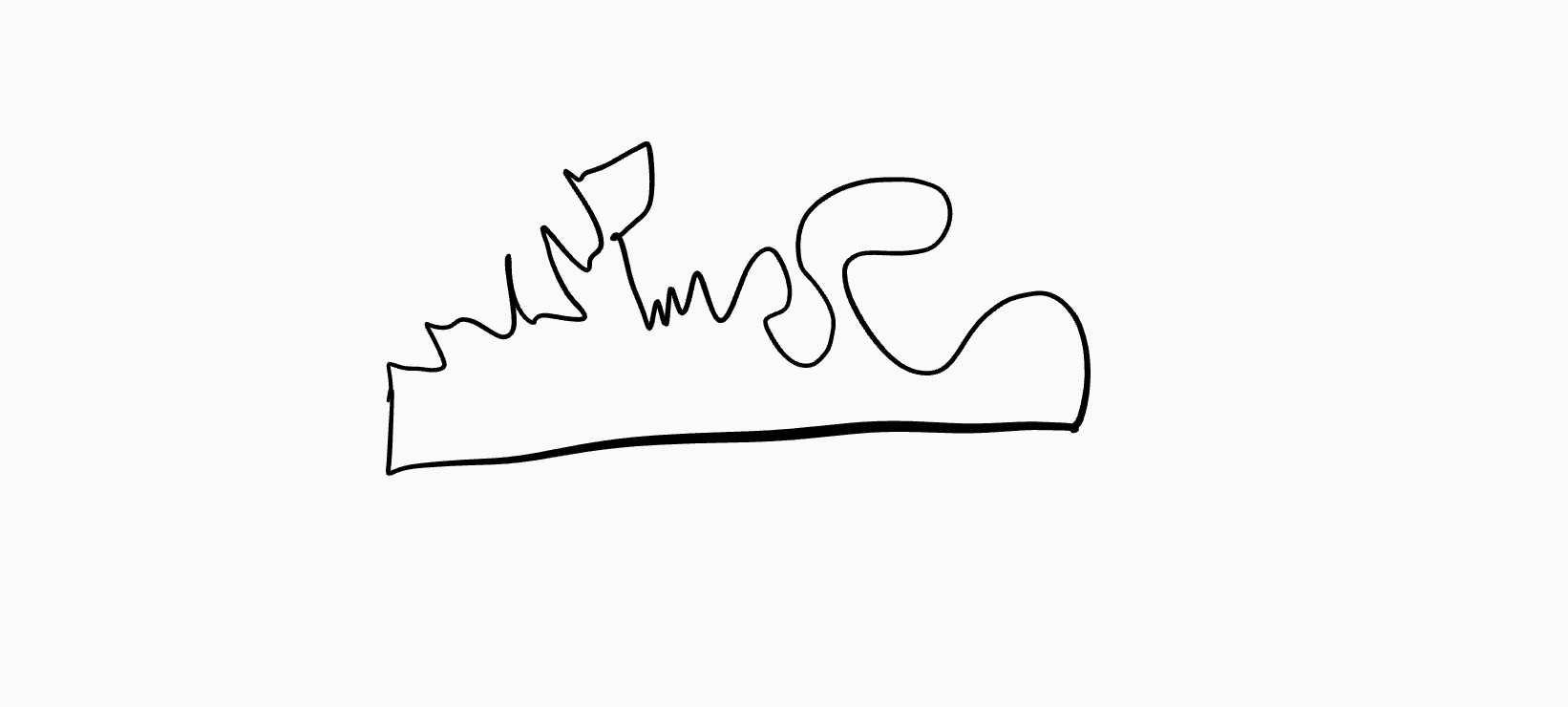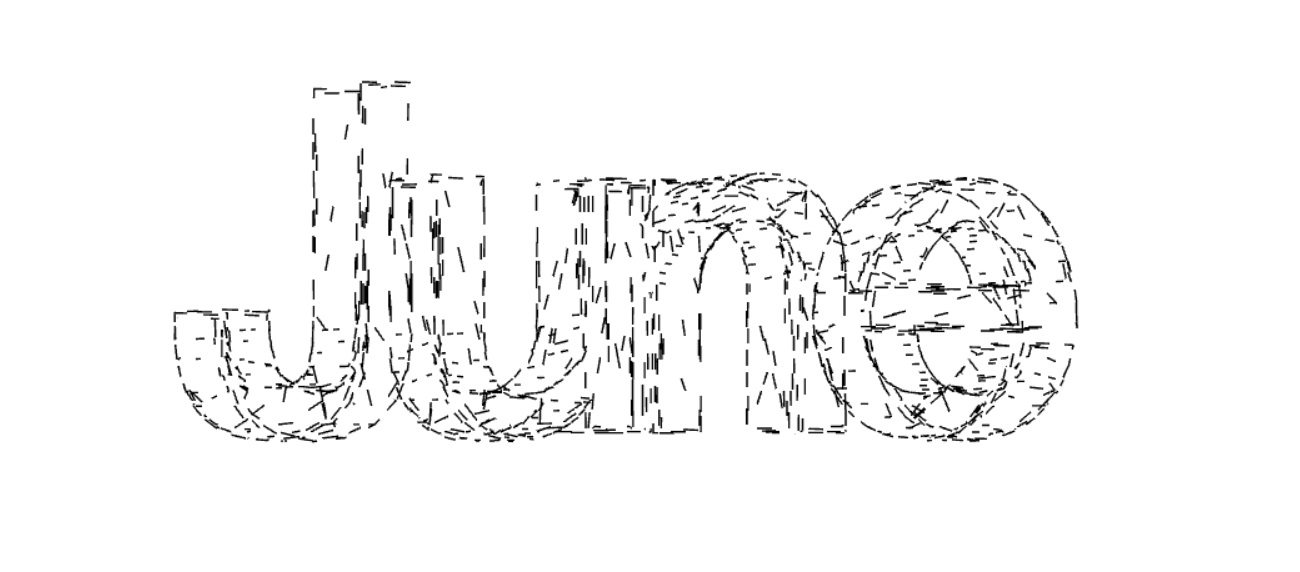Hacking Your Brain for Creativity
As security researchers, we are often required to think creatively in order to think of edge cases and find vulnerabilities. Creativity is commonly referred to as the attribute of ‘non-systematical’ thinking, ‘non-analytical’ thinking, or in other words - thinking outside the box. So much so that creative thinking is many times perceived as the complete opposite of critical thinking.
So, if I was born good at critical thinking, but I wasn’t born creative, am I doomed to be a bad security researcher?
No. Don’t worry yet because I am here to argue that in contrary of common belief, creativity can be achieved by critical thinking.
I’ll attempt to make my point with a thought experiment.
Thought experiment
Imagine you were given the task to invent a new shape. What would come to mind?
The first thing that popped into my head was two straight lines forming an L shape, whose ends are connected by a squiggly line.
You may argue whether my shape is creative or not, but let’s compare it to what we come up with using critical thinking.
First we need to define a shape.
A shape or figure is a graphical representation of an object or its external boundary, outline, or external surface.
(from Wikipedia)
With the definition in mind, let’s try to observe what are the assumptions we are making on the definition (this is the most difficult part), for example:
- The shape has to be continuous.
- The shape has to be in 2 dimensions.
- The shape must have a constant form.
Finally, let’s break our assumptions and see what we get:
- My shape is made out of a dashed line
- My shape is in 3 dimensions
- My shape is the representation of the current month. So, today my shape is a 3D dashed line, outlining the word “June”
How does that compare with the previous answer? :)
Wrapping that thought, my steps for creative thinking are
- Break down the task into the bare definition
- Challenge yourself with naming what assumptions you are making on the current properties of the task.
- Break your assumptions and enjoy your new creative answer.
Creative Problem Solving - Example
Now, let’s try to apply these steps for creative problem-solving rather than creative inventing.
Let’s say we work on behalf of Domino’s Pizza, and our task at hand is to make Elon Musk talk about our pizza in his interview for SNL. We want to save the company money, so we are looking for a cheaper solution than paying for a sponsor.
First, we define the task - Elon Musk needs to voluntarily mention Domino’s Pizza in the interview.
Next, we list all of our assumptions:
- The only way to incentivize him to talk about us is by paying him.
- He does not think about Domino’s Pizza often
- He probably hasn’t tasted our pizza in a long time
Lastly, let’s break our assumptions:
- Incentivize him to talk about our pizza by creating a funny memory for him that he would want to share
- Make him encounter our pizzas
- Give him multiple chances to taste our pizza
By combining it all we could do the following:
Place a pizza on his doorstep every morning of the week prior to the interview, and on the night before the interview build a model of a Tesla made of pizza boxes outside his house.
So next time you are looking for new vectors or edge cases in your research, stop “being creative” and start thinking critically :)


